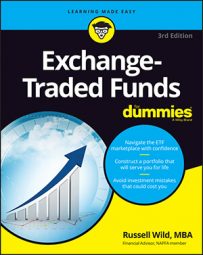Once you understand reversion to the mean, don’t think you have to go out and buy any ETF that has underperformed the market for years, or sell any ETF that has outperformed. But to a small degree, you should factor in reversion to the mean when constructing a portfolio.
Reversion to the mean is a statistical phenomenon that colloquially translates to the following: What goes up must come down; what goes waaaay up, you need to be careful about investing too much money in.
For example, commodities (especially gold and silver) and natural resource stocks have been flying high for years. Emerging market stocks and bonds have also been outperforming big time. These are good reasons that you may want to be just a wee bit cautious about overstocking your portfolio in these particular asset classes.
Say you decide your portfolio should include 15 percent in each of Vanguard Mega Cap 300 ETF (MGC) and Vanguard Small Cap ETF (VB), and you are entering the market after an incredible several-year bull market in large cap stocks, with small caps falling far behind. If anything, you may want to slightly overweight small cap stocks, putting perhaps 16 or 17 percent in VB and maybe 13 to 14 percent in MCG.
Please don’t go overboard. Use reversion to the mean to very gently tweak your portfolio percentages — not ignore them! This “going-against-the-crowd” investment style is popularly known as contrarian investing.

